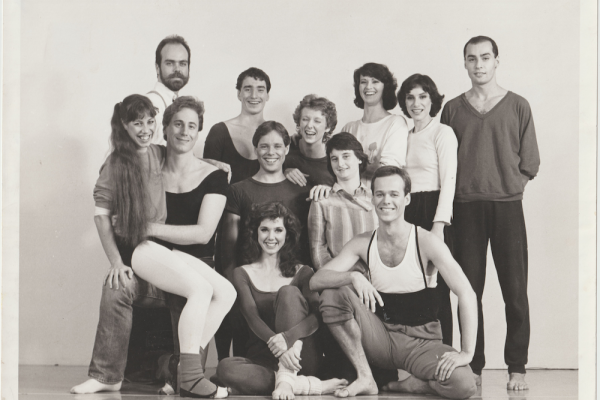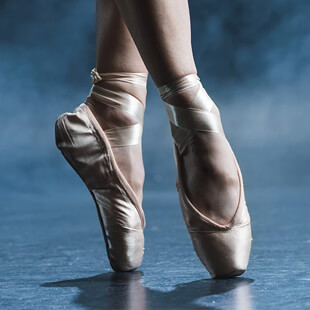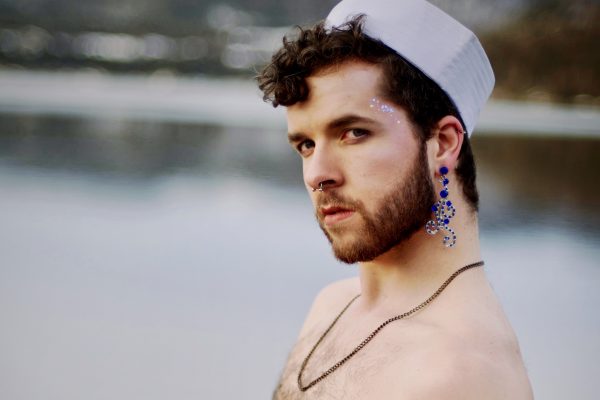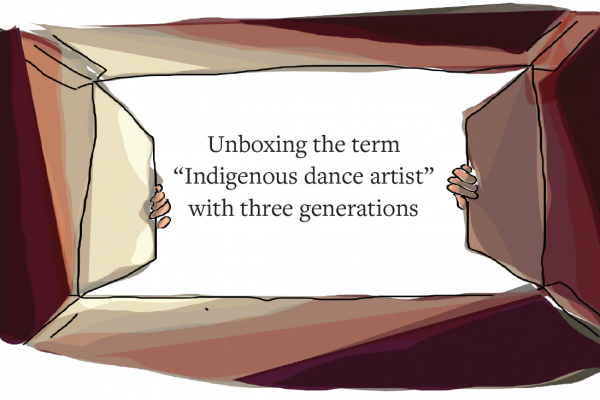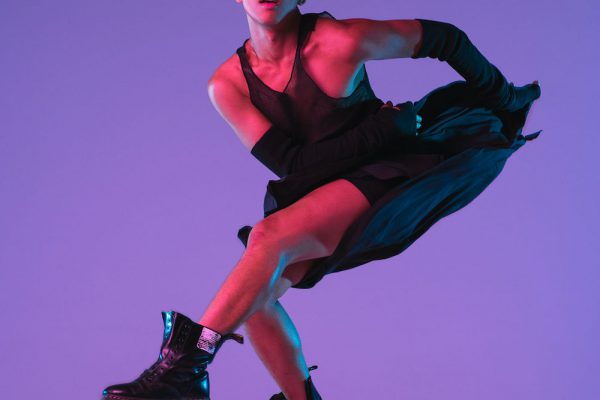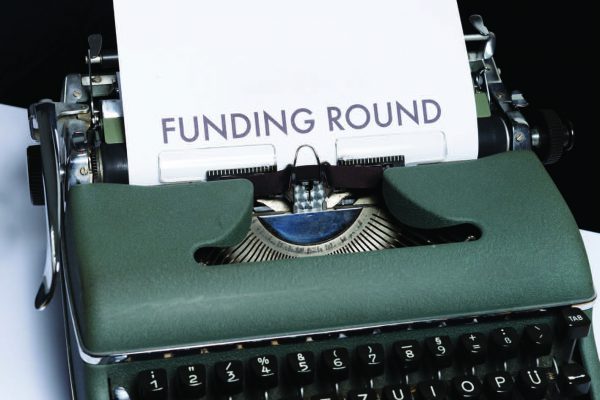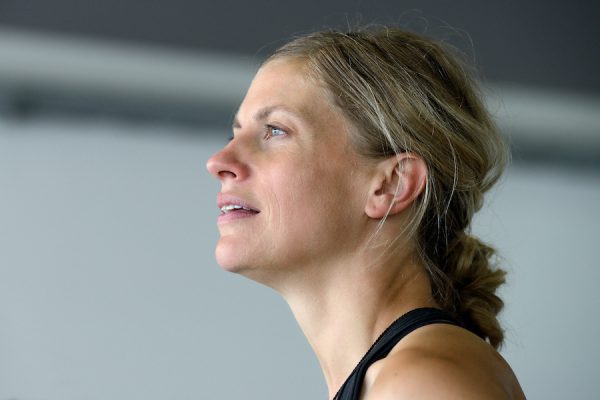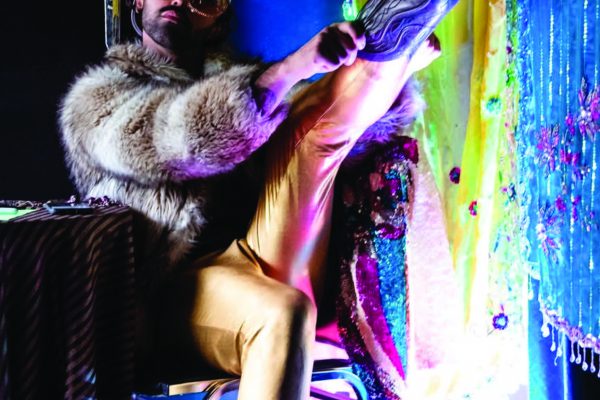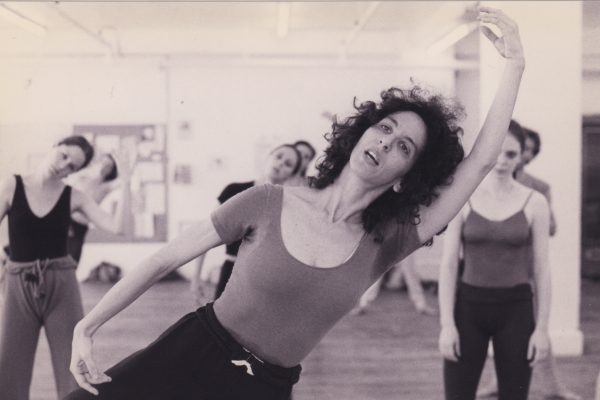
Curious Linda
At 76, Linda Rabin, the prolific modern dance artist and educator, still wonders: What’s next?
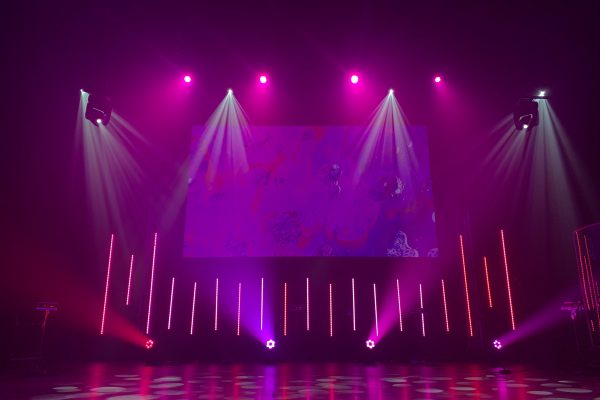
Skepticism and Hope: The Fight for Fair Pay at Révolution
Season 4 of the popular televised dance competition is underway and the show’s pay is increasing after a concerted push from dancers. But is it enough?
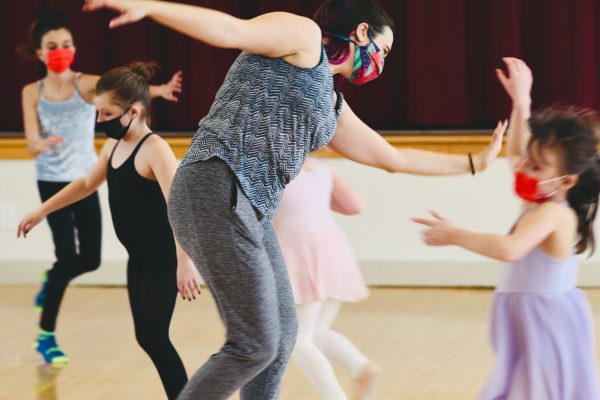
The Battle of Body Shame
If body shaming is more than words,how do we create dance education spaces free of it?
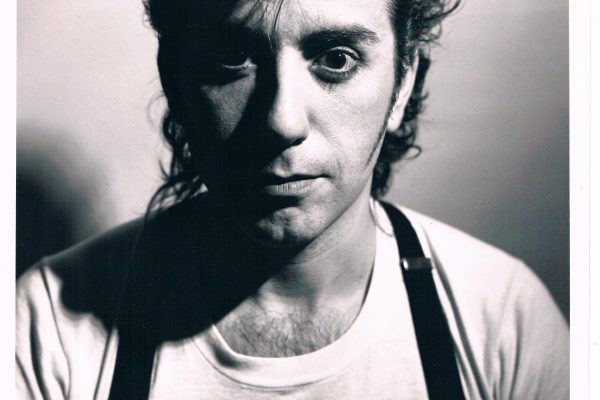
In Tribute: Tedd Robinson
Robinson is remembered across Canada for his generosity as an artist and a mentor

In Tribute: Jini Stolk
She steered dozens of performing arts organizations towards sustainability and inspired generations of Toronto’s arts leaders
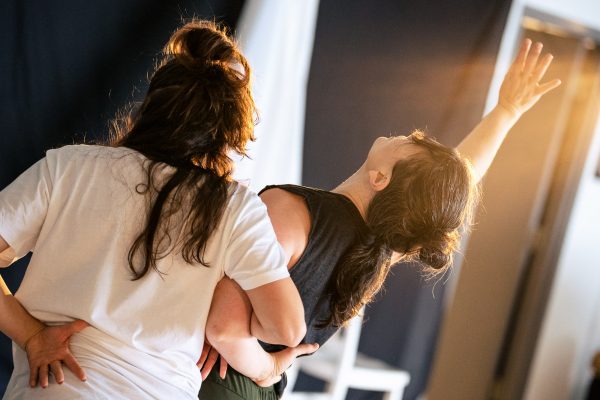
Waves of Change
Twenty years ago, Mocean Dance dreamed of establishing a company so dancers could build careers in Atlantic Canada
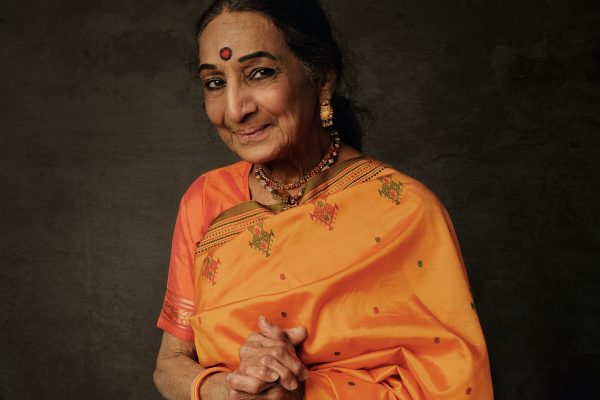
In Tribute: Menaka Thakkar
Canada was the prolific dance artist’s garden, and her seeds changed the cultural landscape
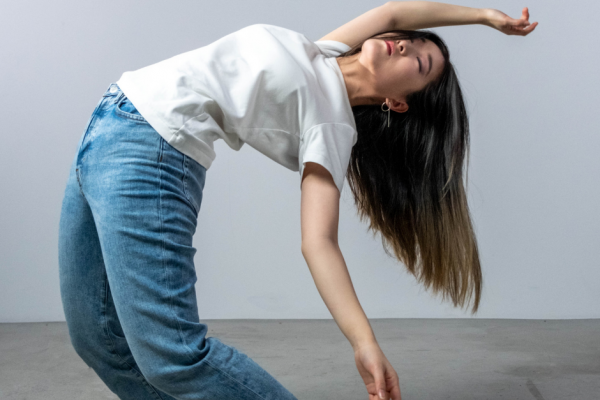
Advertisement: Summer Dance Directory 2022
A directory of Canadian and U.S. dance programs scheduled to take place in Summer 2022.
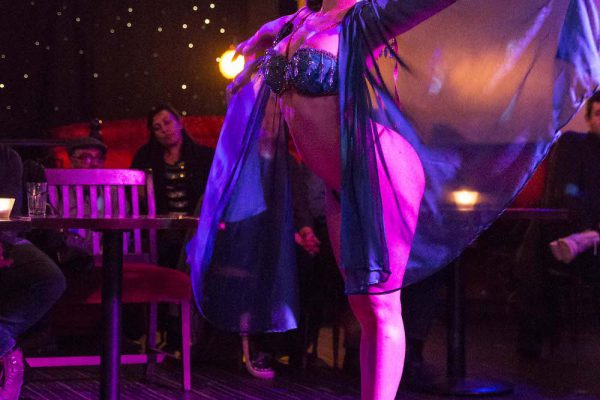
Burlesque Gone Digital
Does burlesque become digital sex work on OnlyFans? A conversation made more relevant since the platform just tried banning sexually explicit content

The Road Out
Since July 2019, a record number of people have left Toronto, Montreal and Vancouver. With COVID-19 driving out more, do major cities need to play a role in a successful dance career?
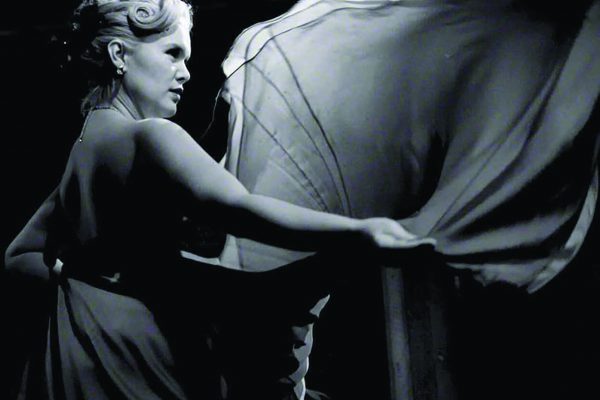
The Definition of Sexy
Ruthe Ordare empowers Indigenous women to reclaim their sexuality through burlesque

Writing With a Sharp Pencil
On top of fraught politics, dance critics have to figure out how to fit into the fold during -- and after -- the pandemic
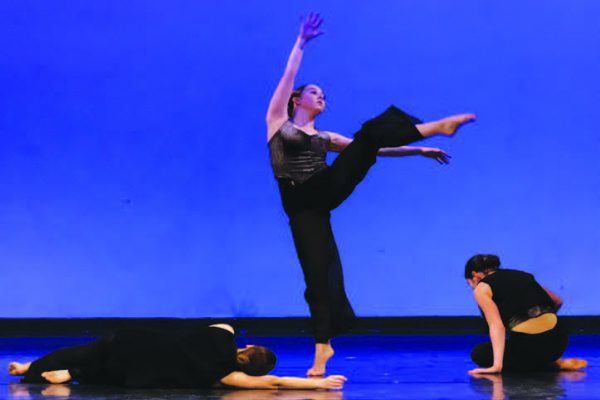
Advertisement: Summer Dance Directory
A directory of Canadian and U.S. dance programs scheduled to take place in Summer 2021.
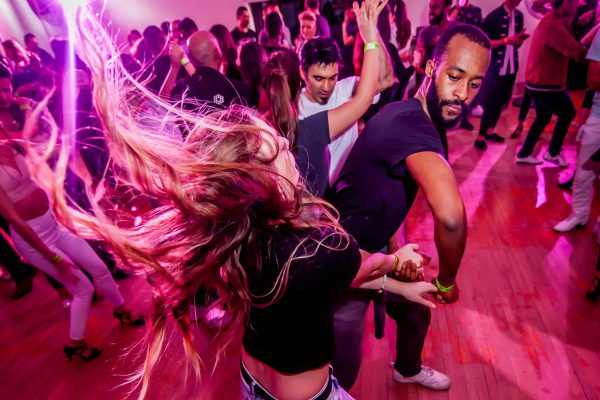
Dovercourt House To Close After 21 Years as Toronto’s Dance Hub
The lease has changed hands, leaving uncertainty in both social and professional dance communities
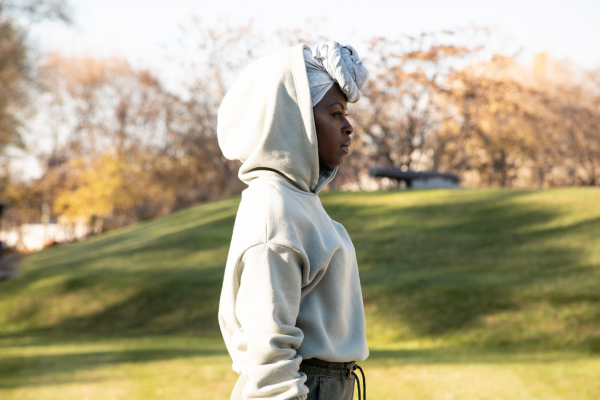
When Love is the Driving Force of Revolution Part II
A Q & A with Esie Mensah, choreographer of A Revolution of Love
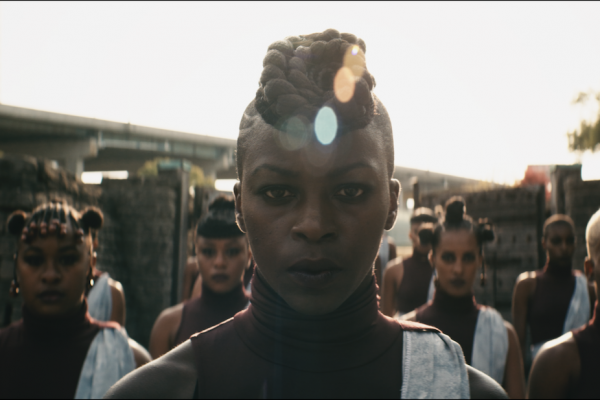
When Love is the Driving Force of Revolution Part I
A Q & A with Esie Mensah, choreographer of A Revolution of Love
